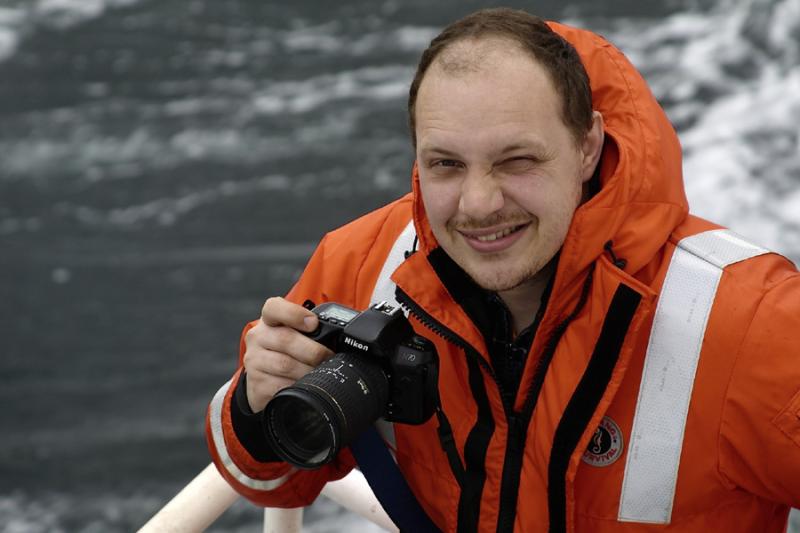Kresimir Williams of NOAA Fisheries’ Alaska Fisheries Science Center was part of a team that received the 2019 Department of Commerce Gold Medal Award for Scientific and Engineering Achievement. NOAA’s Automated Image Analysis Strategic Initiative (AIASI) team developed the first open-source toolkit for automated image analysis to harness big data for marine ecosystem science and ocean stewardship.
In response to the need for more accurate, efficient, and timely scientific fisheries stock assessments, NOAA Fisheries is increasingly using camera-based surveys. Cameras can collect millions of high resolution images in a matter of days. These images must be quickly turned into the data needed for stock assessments, such as species, abundance, and size. This task is beyond the capability of human analysts.
“Image analysis is hard work. Detecting and identifying fish and other animals in hours of underwater video footage or image sets requires an enormous commitment of expert analyst time,” Williams said. “The AIASI team set out to change that. We applied the latest machine learning and artificial intelligence algorithms to extract timely and meaningful data from image-based fishery surveys across the nation.”
The AIASI group helped automate analysis of images from cameras mounted inside Midwater Assessment and Conservation Engineering (MACE) program survey trawls (CamTrawl). This reduced two months of work by a human analyst to just 4 days.
"Kresimir, with MACE program colleagues and other collaborators, has made innovative strides in the use of underwater stereo camera imagery in acoustic-trawl surveys of fish and other species," said Patrick Ressler, MACE Acting Program Manager. "Broad application of underwater stereo cameras and image processing techniques and software have grown out of and continue to multiply the impact of his work."
The automated analysis can detect fish in images, classify targets into species groups, and estimate fish length. Next the team plans to develop the application of these methods to other image datasets, such as untrawlable habitat studies and deep sea corals.
The AIASI team also developed Video and Image Analytics for a Marine Environment image analysis software, which has broad potential applications. For example, it is currently poised to benefit the analysis of the Alaska Fisheries Science Center Marine Mammal Laboratory aerial survey data.
“With machine learning and artificial intelligence increasingly becoming part of our everyday lives, NOAA has been at the forefront of developing methods of integrating these technologies into our mission of managing the nation’s marine living resources,” Williams said. “I am honored to be able contribute as part of the AIASI team.”



